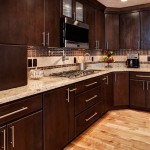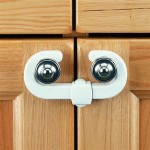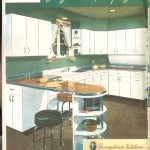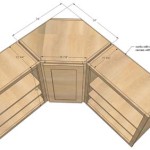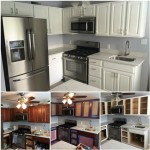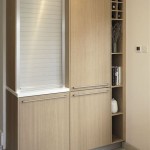Kitchen Cabinet Moldings and Trim: Enhancing Style and Functionality
Kitchen cabinets are not just for storage; they also play a significant role in the overall aesthetics of your kitchen. Moldings and trim are essential elements that can enhance the style and functionality of your cabinets, creating a cohesive and visually appealing space.
Types of Cabinet Moldings
There are various types of cabinet moldings available, each with its unique shape and purpose. Some popular options include:
- Crown Molding: Installed at the top of the cabinets, crown molding adds a touch of elegance and can make the cabinets appear taller.
- Light Rail Molding: A horizontal molding placed below the crown molding, light rail molding creates a visual divide between the upper and lower cabinets.
- Base Molding: Installed at the bottom of the cabinets, base molding hides any gaps between the cabinets and the floor, giving them a more finished look.
Benefits of Trim
In addition to moldings, trim can also elevate the appearance and functionality of your kitchen cabinets. Trim can serve several purposes:
- Conceal Imperfections: Trim can be used to hide any gaps or uneven edges around the cabinets, creating a more seamless and polished look.
- Add Decorative Details: Trim adds visual interest and can complement the style of your cabinets. It can be used to create a more traditional or contemporary look.
- Enhance Functionality: Trim can also be used to improve the functionality of your cabinets. For example, toe kick trim can provide a comfortable footrest, while drawer pulls can make it easier to open drawers.
Choosing the Right Moldings and Trim
When selecting moldings and trim for your kitchen cabinets, consider the following factors:
- Cabinet Style: The style of your cabinets will dictate the type of moldings and trim that will complement them. Traditional cabinets may call for more ornate moldings, while contemporary cabinets may benefit from more understated trim.
- Material: Moldings and trim can be made from various materials, including wood, MDF, and PVC. Consider the durability, cost, and maintenance requirements of each material when making a decision.
- Finish: The finish of the moldings and trim should match or complement the finish of your cabinets. Choose a finish that will enhance the overall aesthetic of your kitchen.
Conclusion
Moldings and trim are essential elements that can transform the look and functionality of your kitchen cabinets. By carefully selecting the right moldings and trim, you can create a cohesive and visually appealing kitchen that meets both your aesthetic and practical needs.

Adding Crown Molding To Cabinets Young House Love

Adding Moldings To Your Kitchen Cabinets Remodelando La Casa

7 Types Of Cabinet Moldings And How To Use Them Properly

Diy Kitchen Cabinet Upgrade With Paint And Crown Molding

Decorative Molding Timberlake Cabinetry

11 Kitchen Cabinet Crown Molding Ideas For Your

3 Ways To Enhance Your Kitchen With Crown Molding

Crown Molding For Kitchen Cabinets Fine Homebuilding

Adding Moldings To Your Kitchen Cabinets Remodelando La Casa

7 Types Of Cabinet Moldings And How To Use Them Properly
Related Posts


